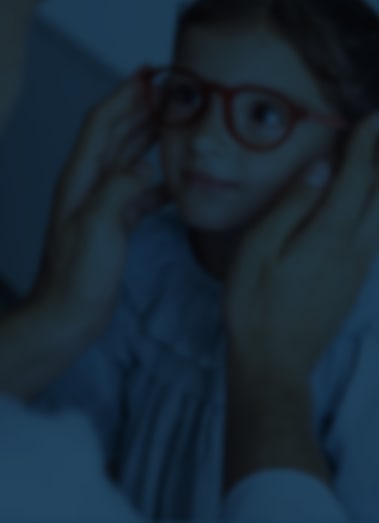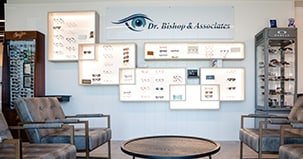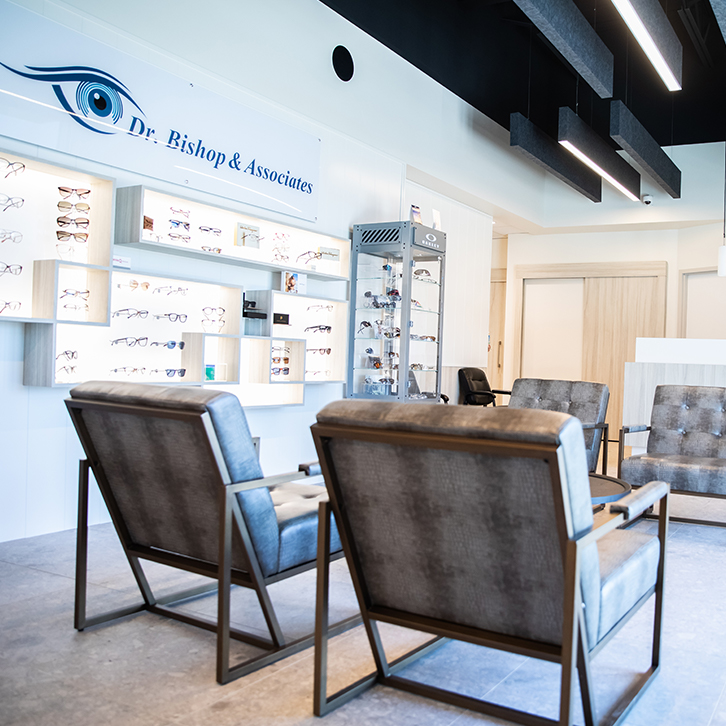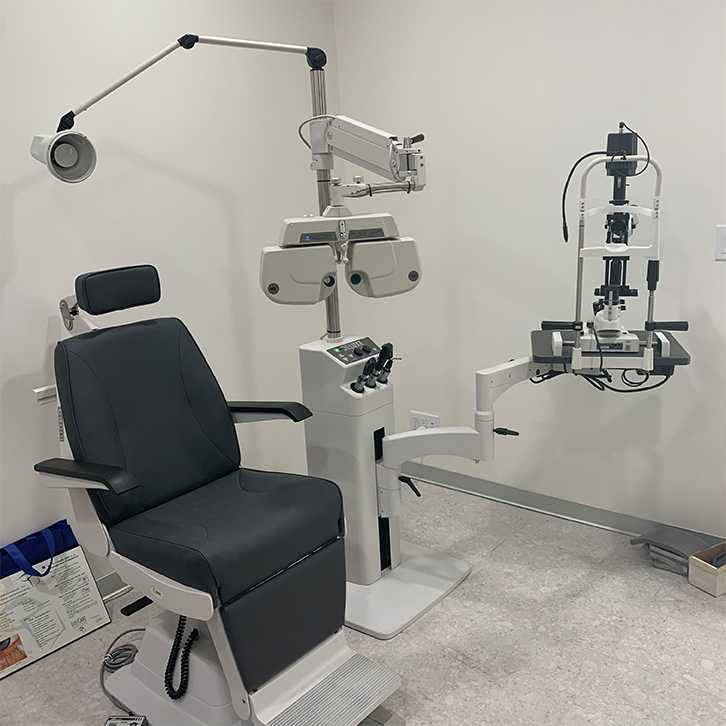Signs and Symptoms
- Headaches
- Intermittent blurry vision, near and far
- Fatigue (ocular and mental)
- Avoiding reading
- Delayed learning (reading and generally)
- Crossed Eyes (Strabismus)
- Clumsiness
Overview
Hyperopia or hypermetropia, more commonly known as farsightedness, is a common form of Glasses Prescription and is found in about a quarter of adults. This is the case when it is easier to see objects that are far away, while closer objects may become blurry, or require extra effort to focus. When children are born they are always farsighted and early on have a quite poor vision (more on that in Visual Development and Amblyopia). When babies are born they are small… what a surprise, but what you may not know is that their eyeball is also smaller, therefore the image of the world around us focus behind the retina. That part can get a little complex so it can have its own blog here: Refractive Error. Long story short we are able to focus through a farsighted prescription using the same system we use to read (Accommodation). When we are young this system is quite strong, and as we grow up it continually weakens until eventually we start needing help to read (Presbyopia). So when kids are born farsighted they are able to use their accommodation to focus through this blur to see the soother that is the most important thing in their world.
This ability to focus through a farsighted prescription is completely involuntary and when kids come in for their annual exam (should start when 6 months old) it is not uncommon for them to show only very small or no farsightedness at all during their testing. This can make it very hard for parents and Optometrist to catch latent hyperopia, which refers to the prescription that is being hidden by the child focussing through their farsightedness. Luckily if the patient does not have any complaints, is not struggling with learning, and the amount of farsightedness is low enough, nothing really needs to be done about it. One of the most common things to watch out for is if your child starts complaining of straining, headaches or fatigue after near work or just avoid near work altogether. This can also cause children to be a little more clumsy, and in cases of high hyperopia can even cause their eyes to cross (Accommodative Esotropia).
Diagnosis & Treatment
When you bring your child in for their eye exam make sure to mention if you have noticed any of the symptoms noted above, and there are also clues that the Doctor can see to indicate a closer look is needed. The standard test to discover if there is any latent hyperopia present is what is called a Cycloplegic Exam. A cycloplegic exam is fairly similar to a dilated fundus exam (yes… those terrible drops) only a little stronger. These drops freeze the muscle that surrounds and manipulates the lens in the eye, effectively paralyzing any accommodation. This allows for the full extent of the prescription to be easily measured and tested. Glasses can then be prescribed to relieve any symptoms and increase the visual potential and development.



















